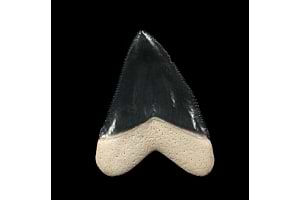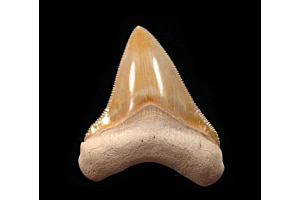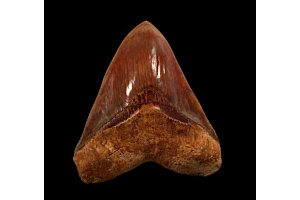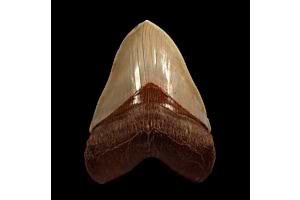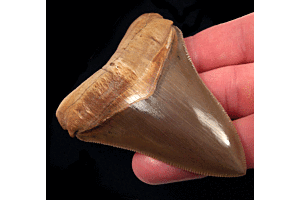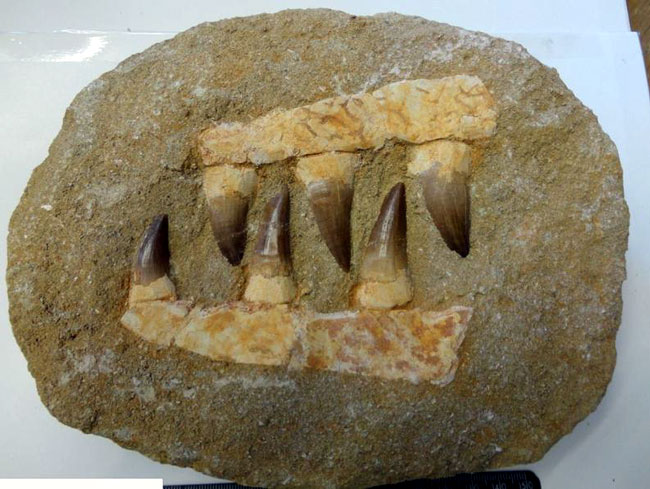
When you have to determine if a fossil is genuine, plenty of tests like acid tests, X-rays, and radiometric dating could be performed. But for a fossil collector getting hands-on such expensive techniques is next to impossible and cost prohibitive. So what should you do, when you need to know whether a fossil you are about to buy is authentic or not? To help you out, here we have mentioned a few tips to go through:
Physical Properties - Paying attention to surface details is important. Any changes in texture, material, bone pores, grains, and even air scribe markings indicate the fossil may not genuine. Generally, fossils are made of heavy compressed rock. A very light weight specimen may not be rock. Also while purchasing a fossil, make sure the color is reasonably uniform. Changes in color and texture can indicate areas of repair or restoration. Also, if a specimen is too perfect, ask a lot of questions. Fossils are millions of years old and they are found and removed from rocky formations. A small amount of damage typically occurs to best specimens. Remember to always find a reputable dealer who is knowledgeable of their specimens, answers your questions, offers certificates of authenticity, and offers a money back guarantee.
Price - Cost of some rare extinct species sometimes goes above thousands of dollars. When a seller is offering a much lower price comparatively, it should ring the bell if the specimen is real or not. Before heading blindly for any good deal, check for unusually low prices.
Provenance - Information mentioned on the fossil is sometimes more valuable than the fossil specimen itself. Not only it gives useful information to the collector but it also helps in verifying its authenticity. This clears out some questions like whether the seller / finder actually accessed the location or prepared it in a lab. When a track of the record is mentioned and certified by the seller, it leaves less room for doubt.
Context - Every fossil collector can tell soft tissue rarely gets preserved, yet people get attracted when they see a good deal. A seller who has plenty of identical specimens gives a strong sign of fabrication. Keep in mind, every fossil is unique.
Damage - Look for the signs of damage, like a hairline crack across the fossil or matrix filling of an area of the fossil. While searching, diggers use destructive methods many times to recover fossils from hard rock. However, this is not a completely reliable method to predict whether the fossil is real or not.
If your collection is missing any of the Green River fish fossils, explore Buried Treasure Fossils, where you would find only genuine, high qualty fossils. From Priscacara to Mioplosus to Diplomystus, whichever fossil fish you are looking for, it is available here.



